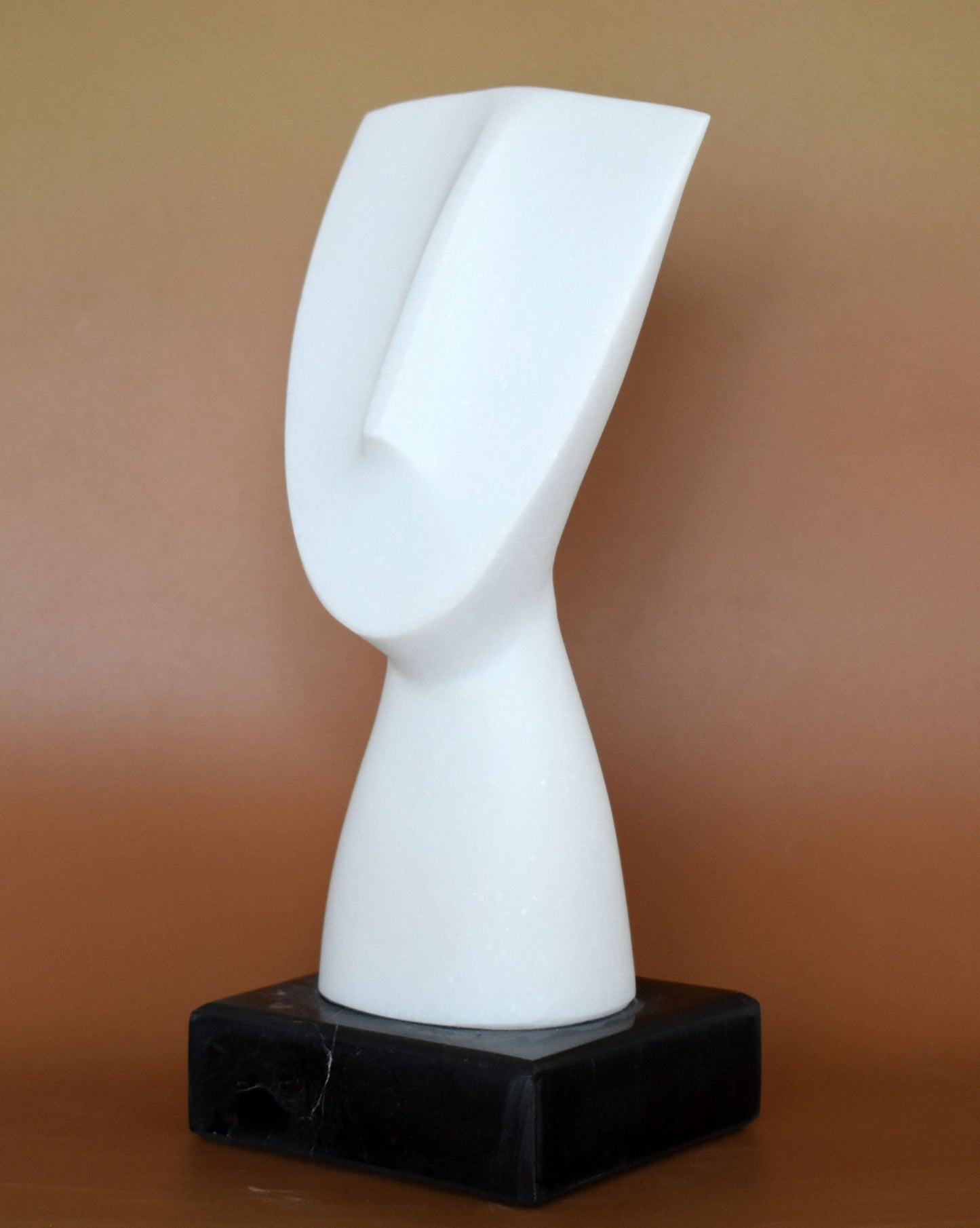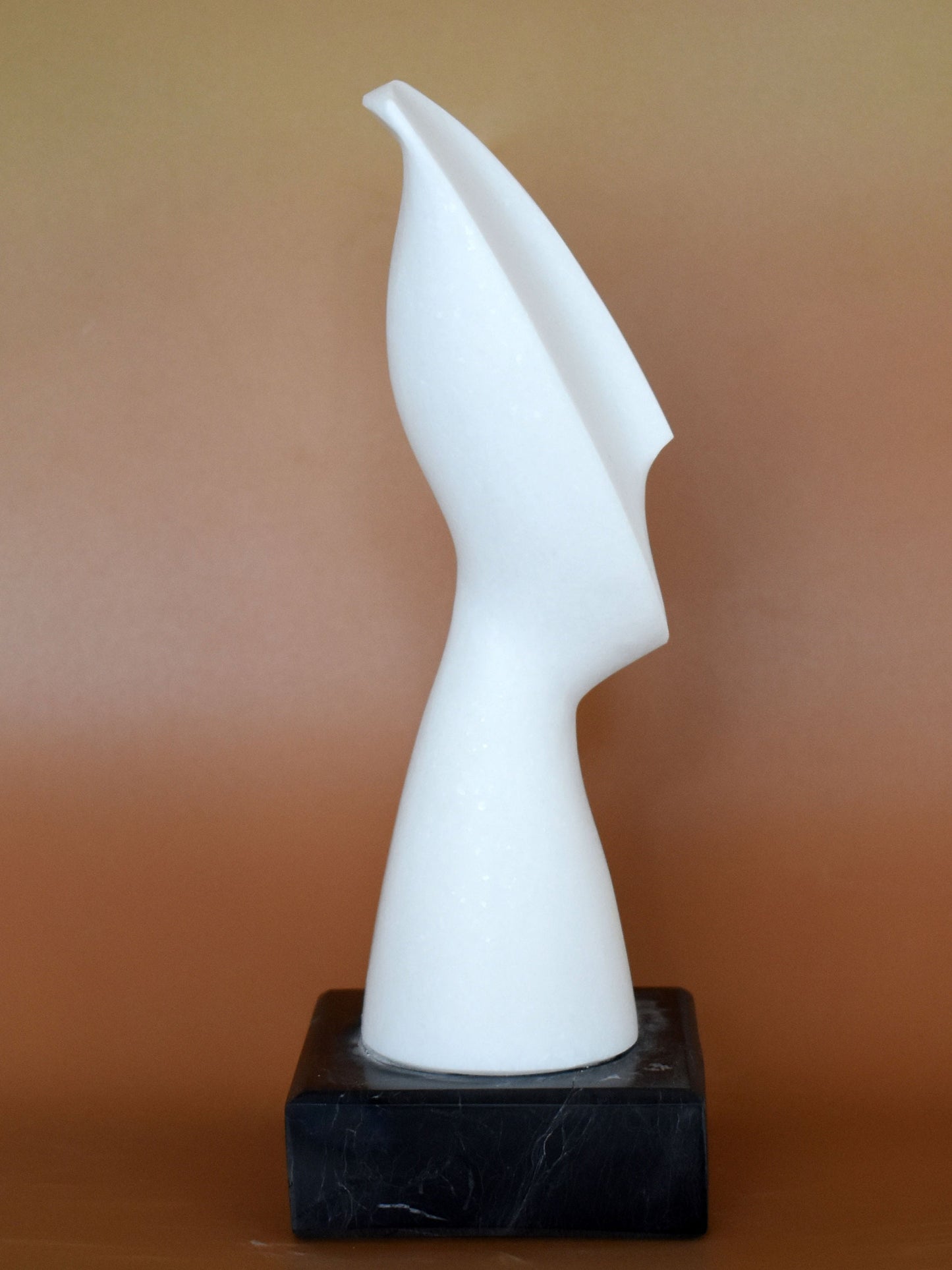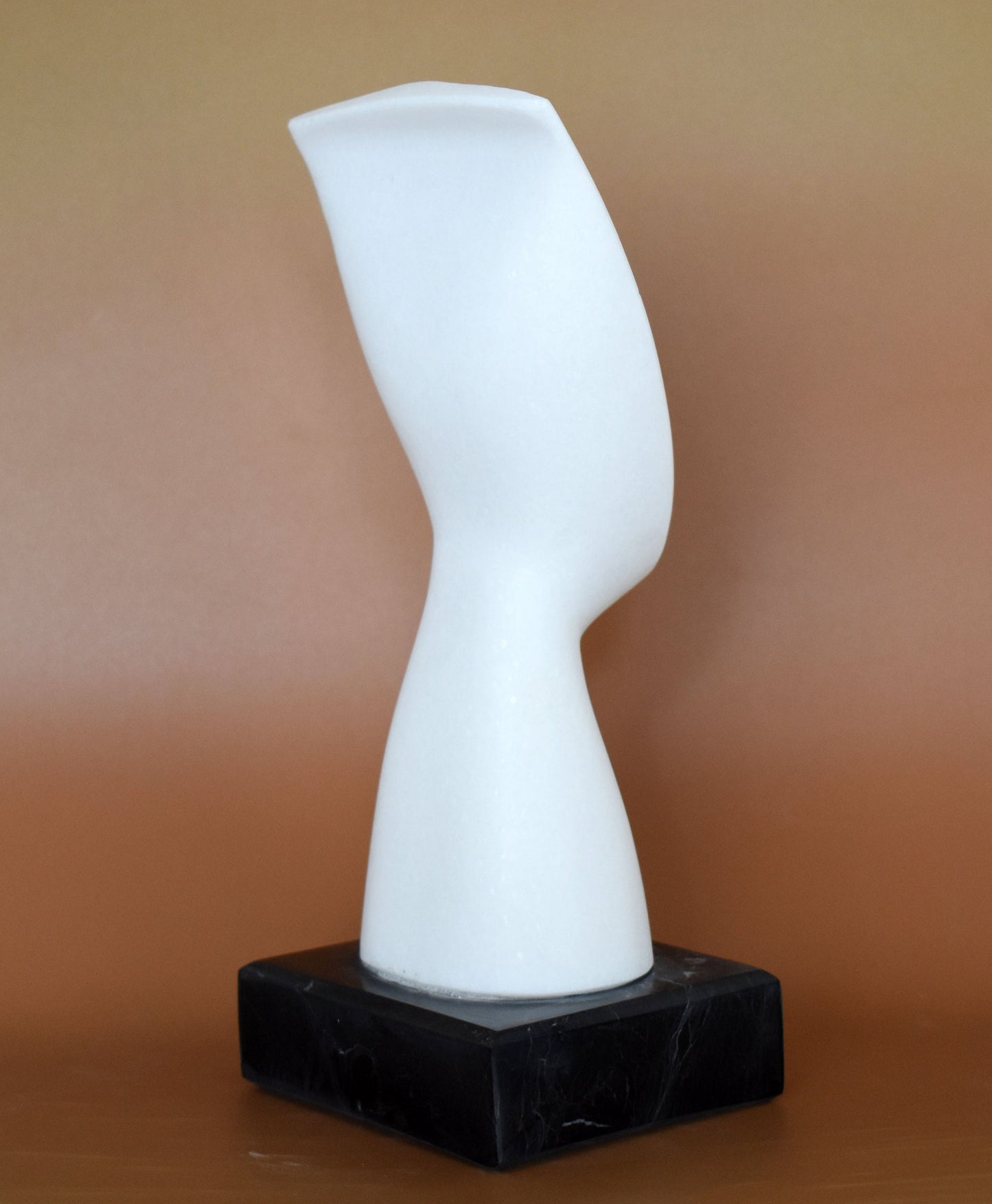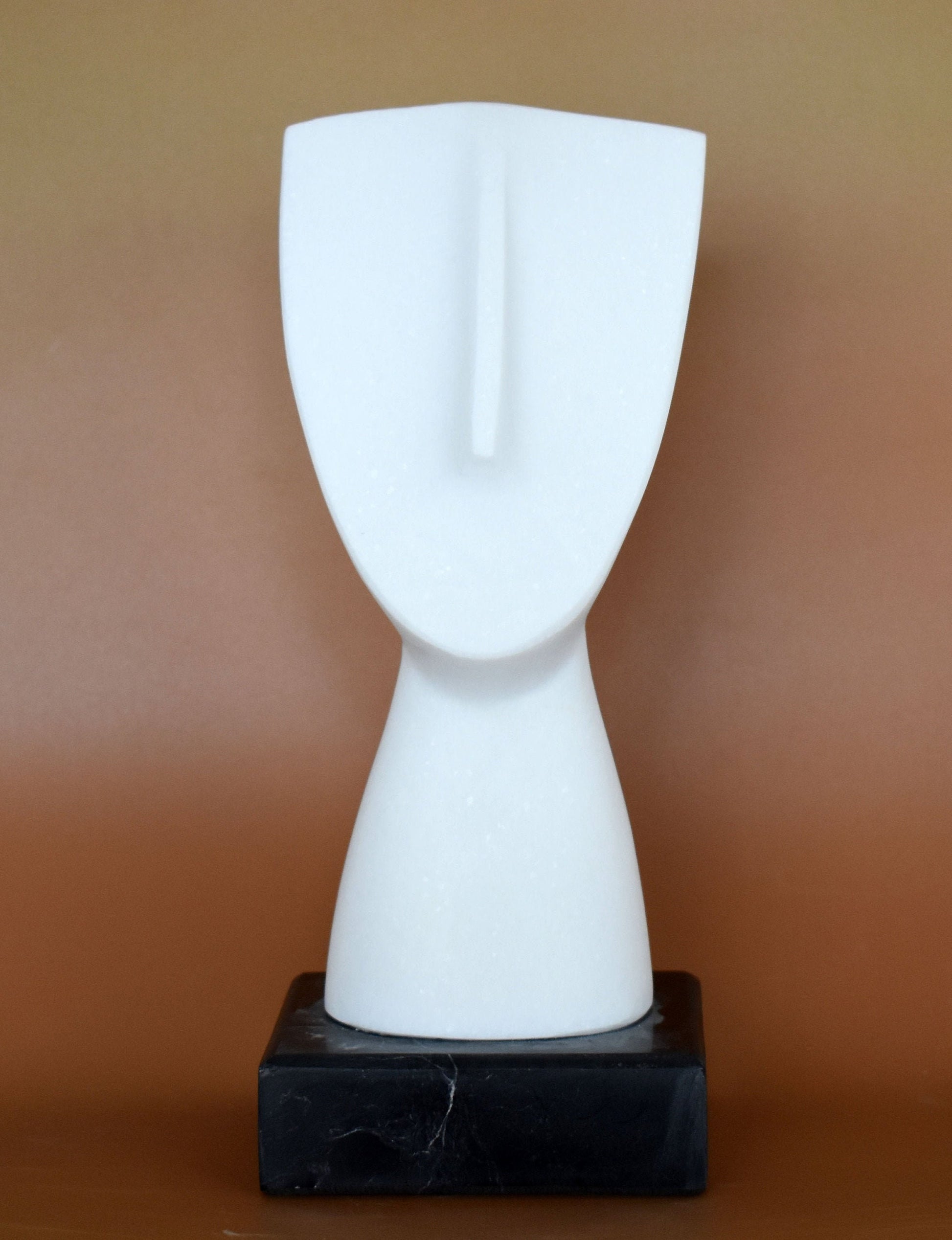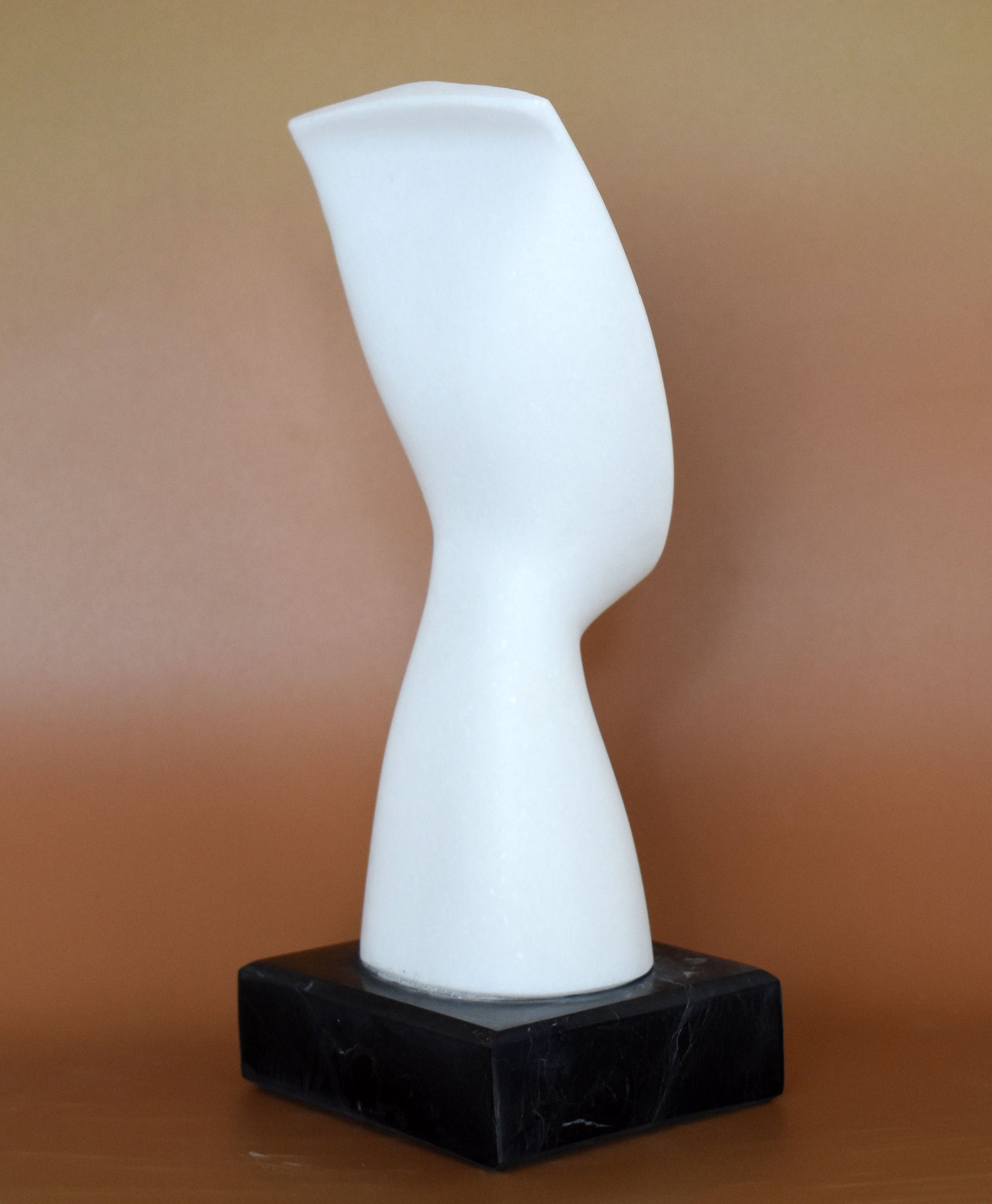Gallery Demeter
Head of Cycladic Female Idol - Fertility Deity - Religious Functions and Funeral Practices - Figure from Keros Island, Greece - Real Marble
Head of Cycladic Female Idol - Fertility Deity - Religious Functions and Funeral Practices - Figure from Keros Island, Greece - Real Marble
Regular price
€149,90 EUR
Regular price
Sale price
€149,90 EUR
Unit price
per
Tax included.
Shipping calculated at checkout.
Couldn't load pickup availability
Item Specifics
Condition: New, Made in Greece.
Material: Real Marble
Height: 21 cm - 8,3 inches
Width: 9 cm - 3,5 inches
Length: 8 cm - 3,1 inches
Weight: 1580 g
An especially enigmatic group of artefacts, directly linked to prehistoric concepts of femininity: Cycladic figurines.
Cycladic figurines (sometimes called "Cycladic idols") are among the most enigmatic and most evocative objects from Greek prehistory. They were produced in the Cycladic islands (whence the name) in the southern Aegean for a few centuries around the middle of the third millennium BC. Usually of relatively small dimensions, they are highly stylised depictions of the human form, made of local Cycladic marble, which was carved and then polished. Although the appearance of that beautiful material is now one of their most striking features, it is likely that all or most of them bore additional details, such as facial features, in paint, which rarely survives.
Only about 1,500 complete Cycladic figurines are known so far. Less than half of them were discovered in systematic archaeological excavations; many others made their way directly from illicit digs into the international art market. That lack of context makes them difficult to interpret. While some figurines were found in settlements, most appear to have been deposited in graves. The most prominent findspot is the small island of Keros, near Naxos, where recent Greek/British excavations have revealed fragments of several hundred figurines, all of them apparently broken before being brought there. Most archaeologists interpret the site as a sanctuary serving the surrounding islands.
Although there are a number of different figurine types, probably representing different periods and locations of production, our example is a typical one, of the type known as "canonical". Like the vast majority of Cycladic figurines, it clearly shows a female. Although they hardly appear voluptuous or especially sexualised to the modern eye, most of the figurines are identifiable as women, indicated typically by the presence of breasts and a pubic triangle. Some also have an accentuated belly, most likely portraying pregnancy. Male figurines do occur as well, but are very rare.
Two key questions arise from these fascinating objects: Whom do they depict, and what purpose did they serve? Both remain controversial. The figurines do not stand by themselves, so they may have been meant to be displayed lying down, or to be held. The evidence from Keros and their presence in graves suggests some broadly symbolic use, presumably in a ritual or religious context. While the pregnant examples support a connection with concepts of motherhood and fertility, there is no consensus on whether Cycladic figurines depict individuals, one or several deities, or are a more general representation of femininity.
One way or another, Cycladic figurines are truly startling objects - mysterious, beautiful and seemingly timeless.

